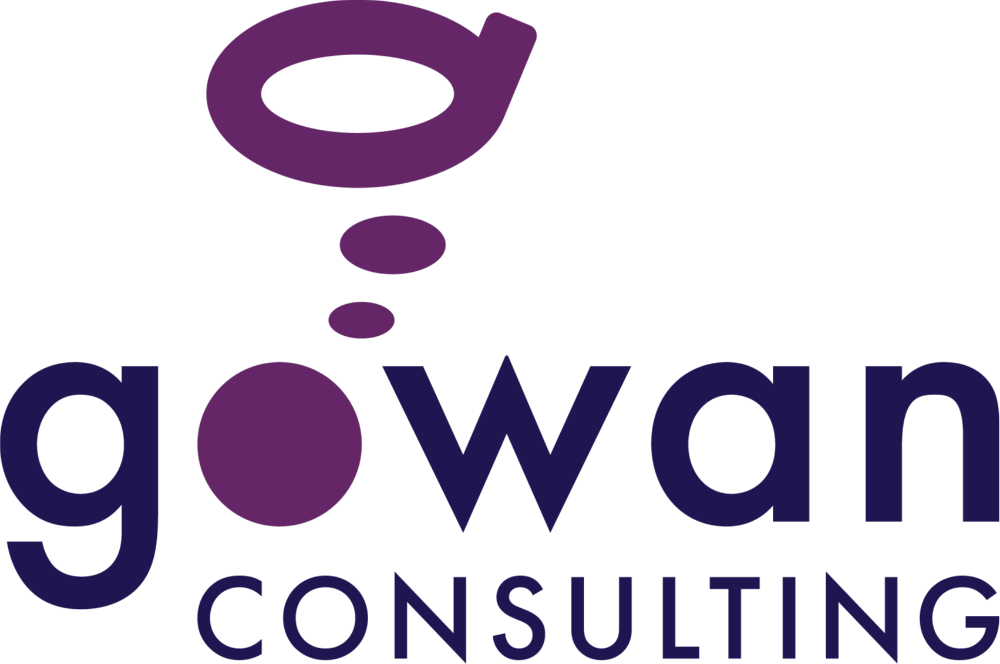71% of Employees Have Experienced Harassment or Violence in the Past Two Years
Jul 15, 2022
Harassment and violence continue to be rampant in workplaces across Canada, despite two years of many employees working remotely. The National Survey on Harassment and Violence at Work in Canada conducted by Western University researchers examined harassment and violence in their survey of almost 5,000 Canadian employees (2022). Their results showed that almost three-quarters (71.4%) of survey respondents experienced at least one form of sexual or non-sexual harassment in the two years prior to completing the survey. Of this percentage, over one-quarter of respondents (26.5%) had experienced at least one form of work-related online harassment in the same timeframe.
Harassment and violence have shown to have devastating effects on the health, personal well-being, and careers of those who experience it. Negative outcomes can include increased absenteeism, turnover, and stress, and decreased productivity, motivation, and morale. As a manager, it’s important to be able to recognize and respond to harassment in the workplace and work together with your team to ensure harassment does not occur.
Harassment and Violence Risks and Behaviours
Harassment and violence are experienced differently by every individual. Some “mild” behaviours may not seem as errant as other aggressive behaviours but are forms of harassment all the same. All inappropriate behaviours should be recognized, reported, and corrected so that all employees feel psychologically safe at work.
In Western University’s survey, the most common harassment and violent behaviours reported included verbal intimidation and the spreading of rumours and negative comments. One in two respondents (50%) were physically intimidated and one in six (16%) were physically assaulted. The most common sexual harassment behaviours included sexual conversations, touching, and sexual teasing. Almost one quarter (23%) of respondents were stalked and 4% were sexually assaulted. A significant number of employees also reported that since COVID-19, the severity, frequency, and duration of all forms of harassment and violence increased. For employees working remotely, retaliation and barriers to reporting reportedly increased and support and harassment-related training decreased.
The Victims and Impacts of Harassment and Violence in the Workplace
The groups most affected by harassment and violence included women, minorities, and public-facing workers. Respondents who were LGBTQ2S+, Indigenous, and/or living with at least one form of disability experienced significantly higher rates of harassment and violence. Those working in professions that involved the exchange of money, interaction with the public, and serving of alcohol were also more at risk. The groups most likely to perpetuate harassment and violence were men, co-workers, and third parties (customers, patients, or students).
There are long-lasting effects of abuse in the workplace. Western University reported that among the personal well-being impacts, personal/social life, sleep difficulties, and negative emotional impacts were affected most. They also reported several negative work and career impacts, including missing work, declining productivity, loss of trust in the team and superiors, and career disruption and destruction.
What Can Employees Do?
There continues to be significant barriers for employees getting the help they need to resolve harassment and violence issues. This includes societal and workplace systems that encourage employees to keep harassment silent or from taking further action. Harassment can be hard to talk about, but it is important that employees can recognize and prepare for their options if a harassment situation were to occur. If you believe you are being harassed at work, here are a few things to keep in mind:
- Report incidents of harassment immediately to the appropriate person.
- Do not retaliate; it’s okay to stand up for yourself and tell someone you don’t like what they are doing, but don’t seek revenge or act in the same manner – no one wins this way, and it can end up causing trouble for you in the long run.
- Keep evidence of harassment whenever possible.
- Ensure your workplace follows through with its procedures and protocols regarding workplace harassment.
What Can Employers Do?
The primary obligation for employers, as outlined in the Occupational Health and Safety Act (OHSA), is to create and implement a harassment policy and program. This program must contain clear guidelines for reporting incidents, remedying the situation, and enforcing disciplinary procedures. Companies found to be in breach of their legal obligations as outlined in OHSA could face large fines.
Here are five tips for employers for dealing with harassment in the workplace:
- Ensure your employees are aware of what is considered harassment and have defined rules, policies, and procedures in the event that it occurs. For example, have a reporting protocol for when harassment takes place and a disciplinary action protocol.
- Enforce a zero-tolerance policy for harassment.
- Ensure discretion when handling reports of harassment.
- Educate yourself and your team. Check out our online modules for Psychological Safety at Work Training.
- Promote a safe and happy work environment – be aware of changes in behaviour, chemistry, and atmosphere in your workplace.
How Can Gowan Consulting Help?
Gowan Consulting has Occupational Therapy resources to ensure the safety and wellness of your employees and work environment. We offer customized training to resolve conflicts in the workplace, including harassment and bullying, as well as many other topics.
- Contact us to book a customized training program for your staff.
- Request a consult from our team to audit your Psychological Health and Safety in the Workplace.
- Consider taking Success Coaching from our Occupational Therapists. These confidential, work-focused sessions can help you develop mental health strategies so you can stay well at work. Set up a consultation with Nancy Gowan to discuss your current strategy and determine if success coaching is for you.
- Ask for an Occupational Therapy assessment to support teamwork and return to work for employees who have gone off work due to harassment. Make a referral here.
- Check out our training options for live workshops, certificate programs, and on-demand training to get the support you need for managers and employees.
Works Cited
Berlingieri, A., Welsh, S., MacQuarrie, B., McFadyen, N.D., Bigras-Dutrisac, H. with the Canadian Labour Congress. (2022). Harassment and violence in Canadian workplaces: It’s [not] part of the job. London, ON: Centre for Research and Education on Violence Against Women and Children, Western University
“New report shows harassment, violence still pervasive in Canadian workplaces,” Keri Ferguson, Western News, March 30, 2022, https://news.westernu.ca/2022/03/workplace-harassment-violence/

